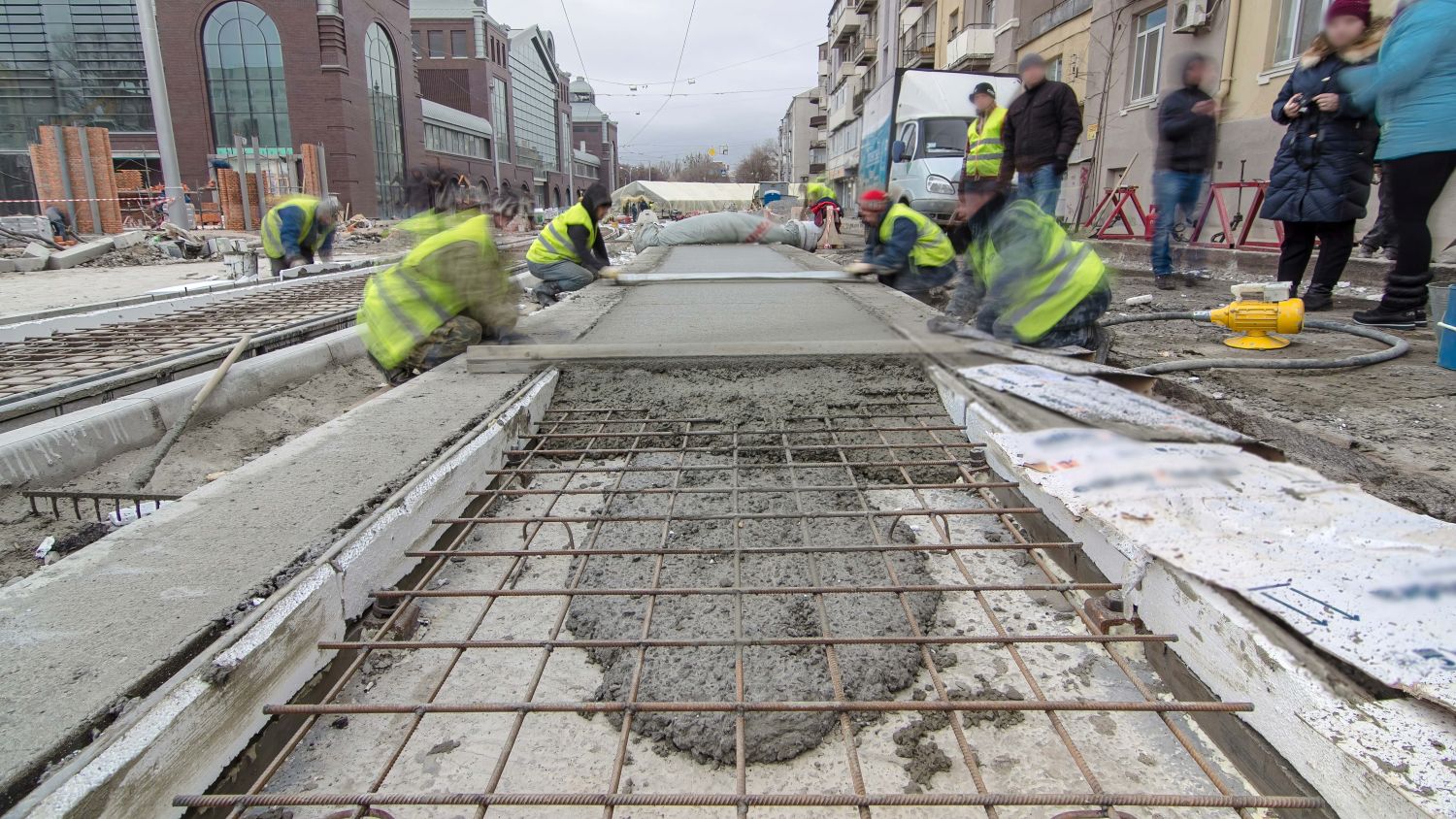Why the UK construction industry faces a major water crisis
The UK construction sector is waking up to a growing threat – water – or to be more precise, the lack of it. In a landmark warning, the Environment Agency recently projected that by 2055, England could face a daily water shortfall of up to 5 billion litres - with an additional billion needed for industry, energy, agriculture and technology. For construction firms, developers, material producers and heavy users such as concrete batching plants, this is not a distant environmental concern - it is an operational reality that demands urgent attention, writes John Ridgeway.
England’s projected demand-versus- the supply gap is monumental. By mid-century, without decisive action, that shortfall could spiral into widespread rationing, expensive infrastructure upgrades and escalating costs for industries heavily dependent on water - construction among them. The same Environment Agency report underscores that public water deficit could be matched by one in the broader economy, placing construction firms squarely in the front line.
Compounding the issue, recent analysis shows that 10 of England’s 16 water companies face financial instability and negligent infrastructure investment, which has yielded dangerously leaky networks and poor resilience. The National Audit Office has warned this could exacerbate supply shortfalls and public-sector breakdowns.
Site water supply
Construction sites need water for concrete mixing, dust suppression, washing and worker welfare. In water-stressed regions like south-east England, site shut‑downs and strict usage restrictions may become routine - delaying programmes and eroding profitability.
Manufacturing of concrete blocks, steel cooling, plasterboard production and even panel fabrication often draw on significant water supplies. Scarcity drives cost, interrupting production and threatening timelines. The Construction Products Association has previously flagged up the business risk of water scarcity driving embedded carbon and energy use up.
Major redevelopment in water‐stressed zones such as expanding housing in East Anglia or the Thames corridor, may reach a point where planning approval is withheld until regulators can see proven water neutrality. Resident opposition is also growing, with recent campaigns in Cambridge warning of water supply collapse unless new schemes invest in storage or water trading solutions.
New energy‑intensive developments, like data centres, rely heavily on mains water for cooling, but they don’t report usage and regional demand unpredictability linked to AI and server growth, which means even regulators are struggling to forecast accurately. For construction planners, this unpredictability poses planning risks unless water usage is carefully modelled and mitigated.
Construction cannot treat water as a free commodity. Instead, developers, contractors and designers must adopt effective water stewardship including rainwater harvesting and reuse at scale for site and building systems, which is already proven to cut mains water usage by 20–50% on some developments
We also need to design buildings for water efficiency, including low-flow appliances and greywater systems and reduce water used in concrete batching by employing recycled aggregates, or onsite treatment systems where possible.
Designing for capture and reuse, particularly in large commercial premises where rainwater tanks or sustainable drainage systems (SuDS) offer both performance and regulatory compliance value, is also essential.
While legislation remains inconsistent, the government has given the green light to build new reservoirs in East Anglia and Lincolnshire, seeking to capture future demand, but these won’t come online until the 2030s. However, infrastructure build-out alone cannot compensate once growth projects outpace supply or planning regimes tighten.
What construction can do now
Firms that assume that there will always be unlimited water will be caught out. Risk must be modelled in business continuity plans, especially for sites in high-risk zones identified in the Environment Agency’s National Framework for Water Resources. Planning officers, project managers and supply chain leads should also work together to audit water use on future projects.
Furthermore, rather than reliance on mains water, construction can mirror best practice in other sectors, using instead, capturable stormwater, retention ponds and onsite reuse schemes. These approaches also support eco-certification frameworks such as BREEAM, which reward reduced potable water demand.
As housing demand meets water scarcity, local planning authorities may impose water-neutral requirements or effectively block developments. Early engagement with water companies and environmental officers is now essential - not optional.
In addition, manufacturers of construction products must aid water stewardship by developing low-water cement, recycled components or water-efficient production processes. The sector’s previous success in reducing site water use by nearly 20% between 2008 and 2012 shows what’s possible, but new targets are required.

Construction leaders ignoring water risk do so at their peril. Clients now demand ESG performance, including water resilience. Investors and insurers are beginning to factor in water exposure and climate risk. As damning reviews of water-sector regulation push for infrastructure overhaul, taxpayers and ratepayers face skyrocketing bills and construction stakeholders may be on the receiving end of delays, fines or reputational fallout.
On the other hand, early adopters of water-efficient design, may win a competitive advantage, as they futureproof projects against restrictions, align with environmental demands and reduce operational risk across the supply chain.
As the UK braces for decades of climate disruption and population growth, conditions that will shrink per-capita water availability in regions such as the southeast to below many Mediterranean countries - the construction industry can either be part of the problem or part of the solution.
By planning for scarcity now, integrating water-efficient practices and working with regulators rather than around them, the industry can continue to deliver. Projects can still proceed and meet new demands for sustainability and resource resilience. But to do so, they must treat water as a strategic asset, not an endless supply.
For construction firms, planners and specifiers, the message is clear - water stewardship is not optional - it is essential infrastructure planning.
Additional Blogs

How construction can cut Its carbon footprint by caring for soil
Soil is often dismissed as mere dirt, but it is one of the planet’s most powerful carbon stores, holding more than all of the world’s forests combined. Yet in our rush to build, pave and develop, we...
Read moreWhat is bridging damp? How it happens and how to fix it
Bridging damp happens when moisture finds a path around the building’s damp-proof course (DPC) so it reaches your internal walls and skirting. If you see damp patches rising above the skirting or...
Read more

The silent death of the fixed-price contract
For decades, the fixed-price contract has been the backbone of construction procurement. It promised certainty with a defined scope, an agreed sum and a clear transfer of risk from client to...
Read more